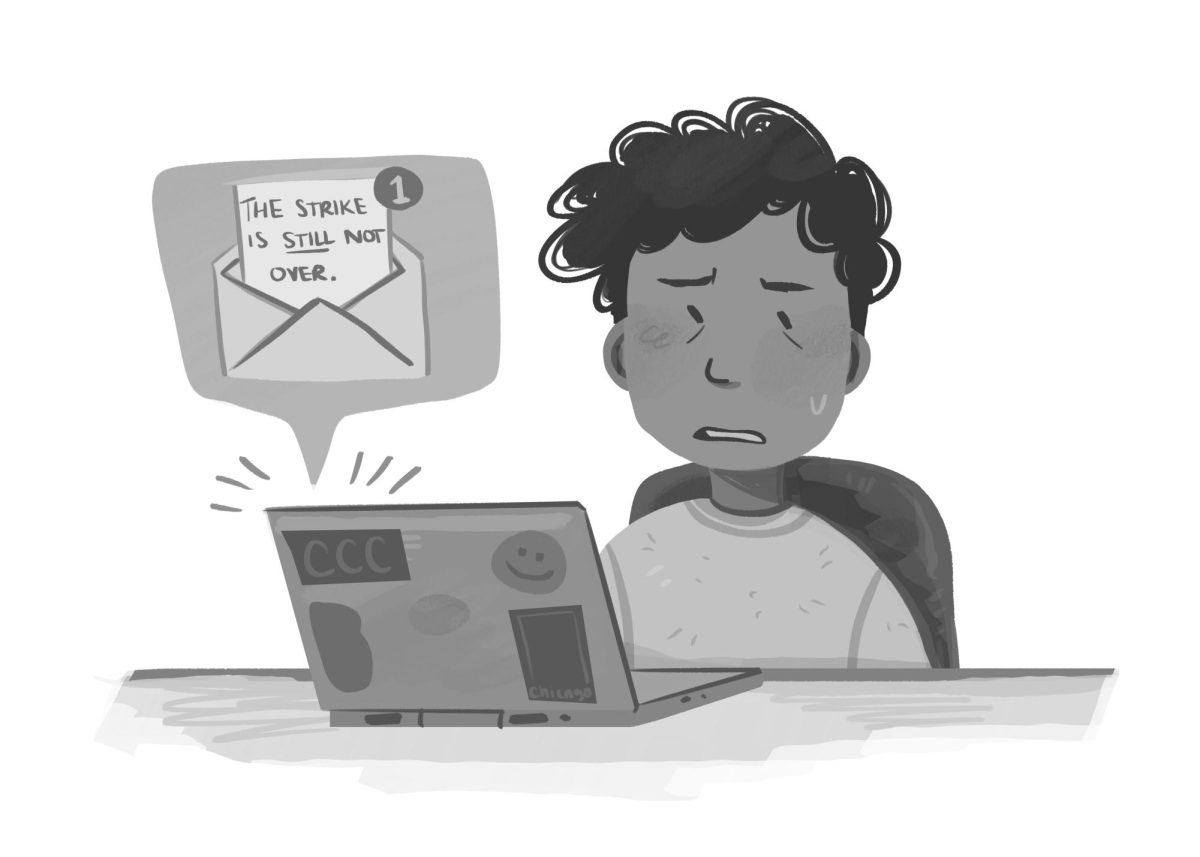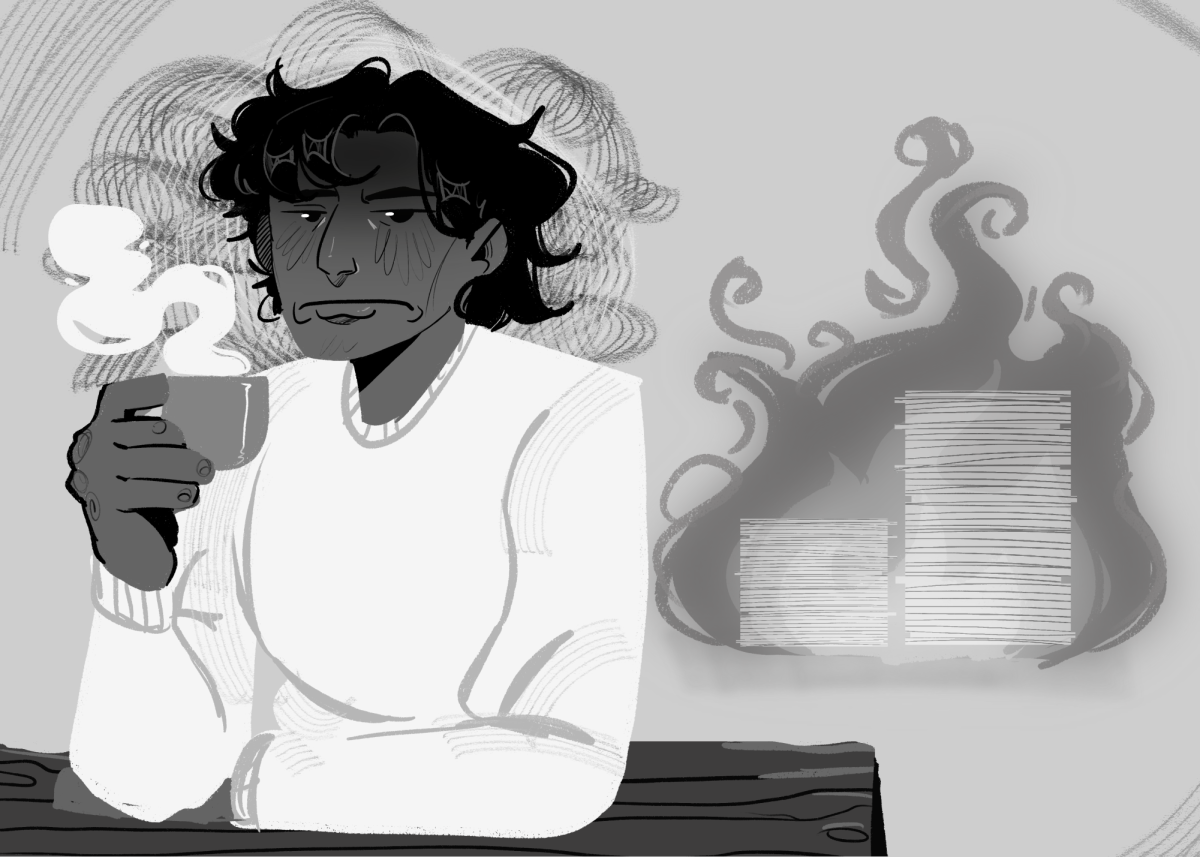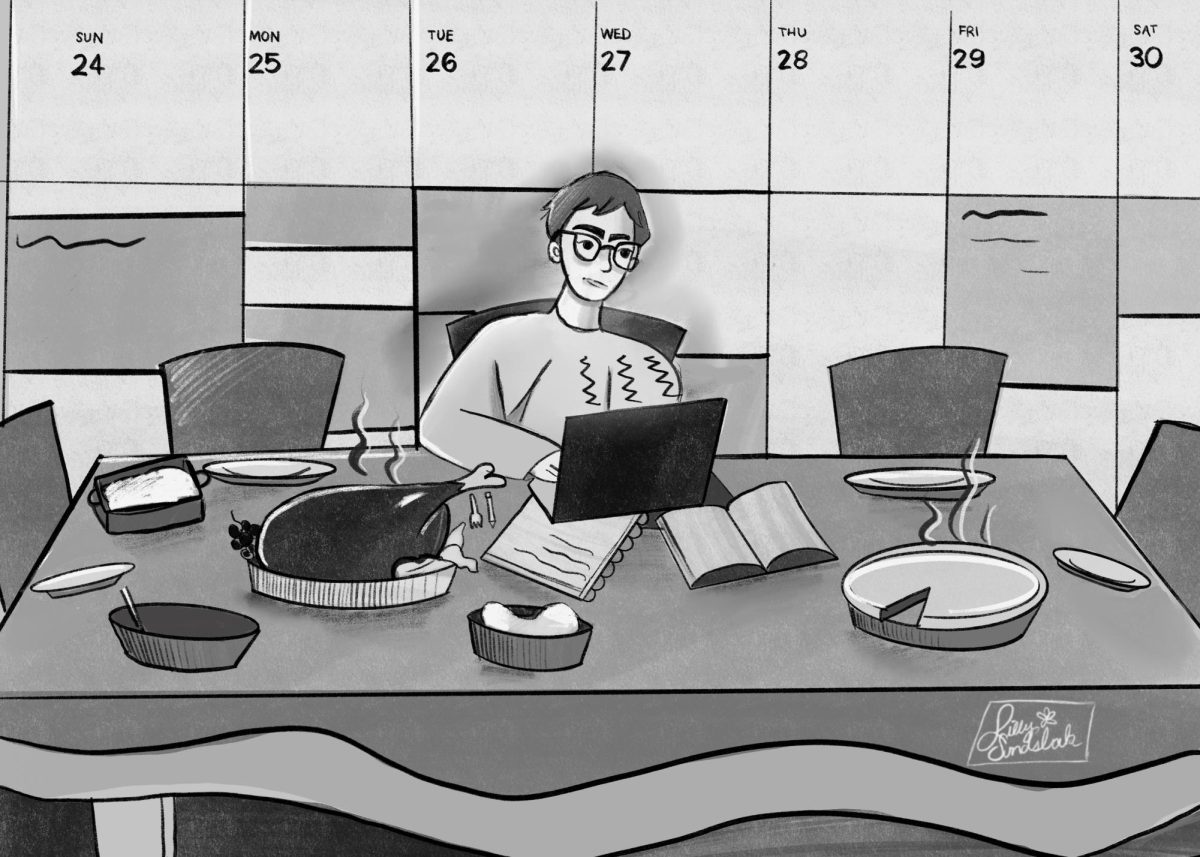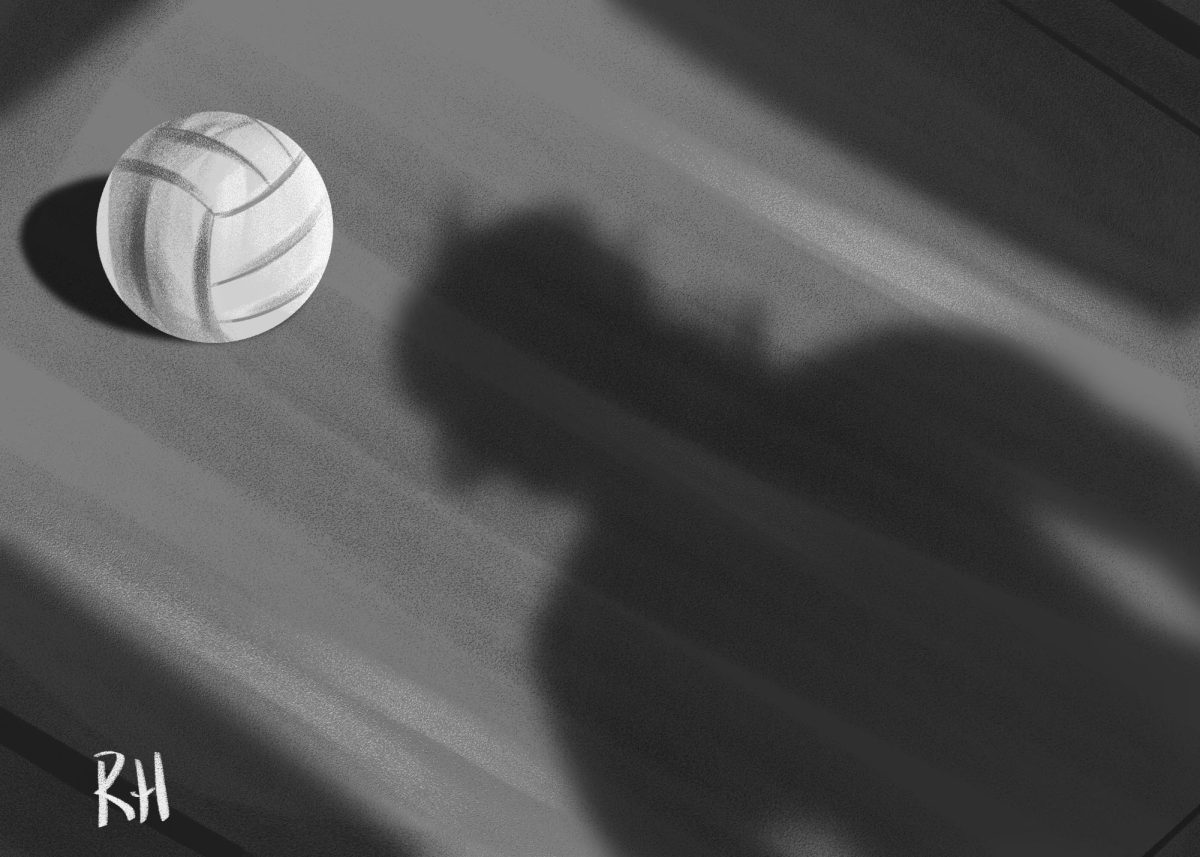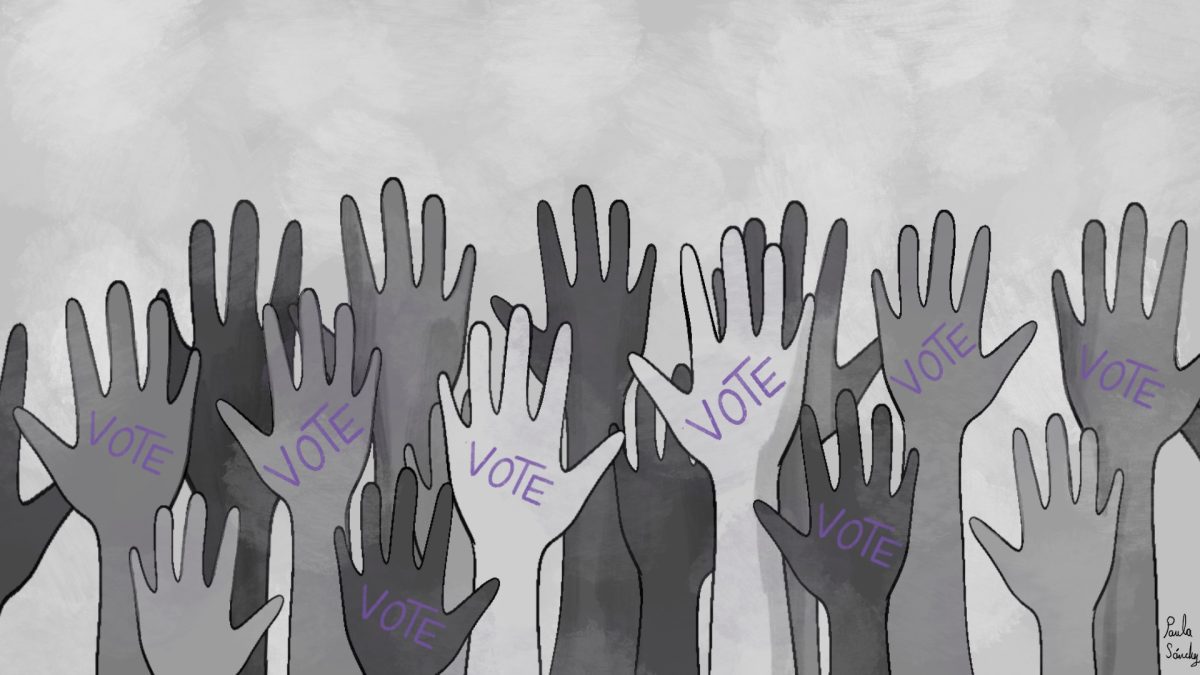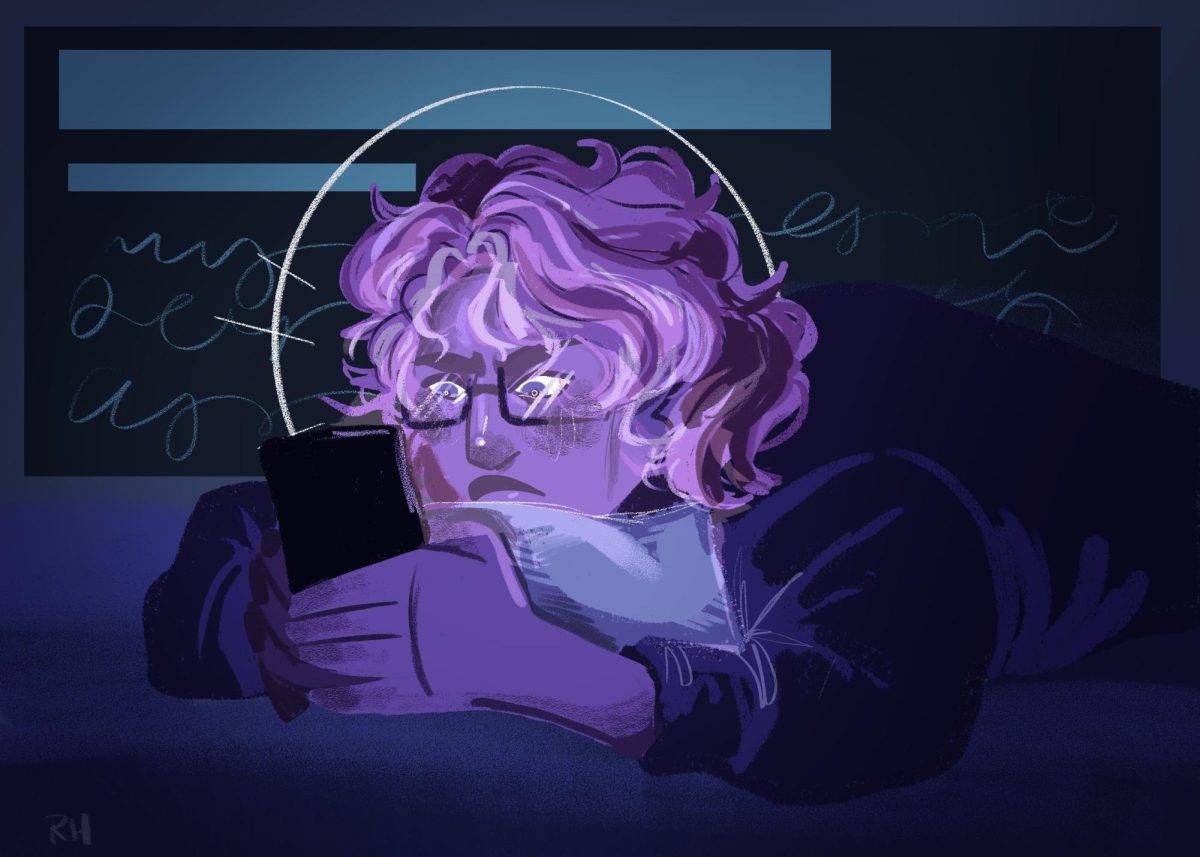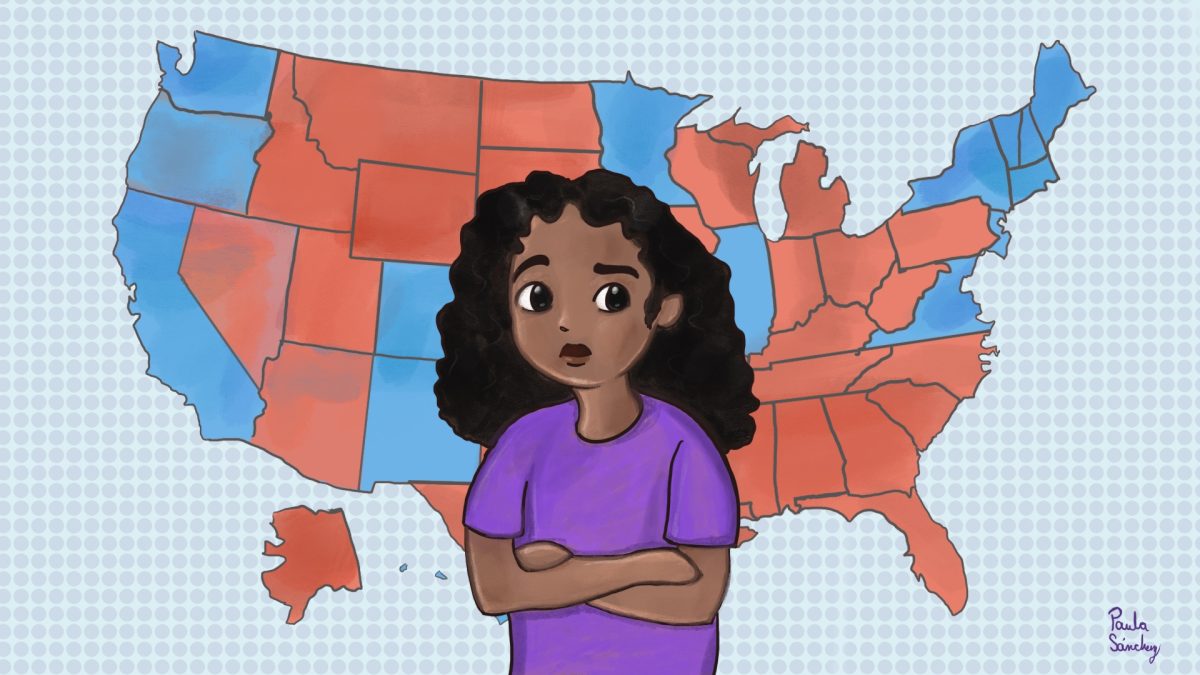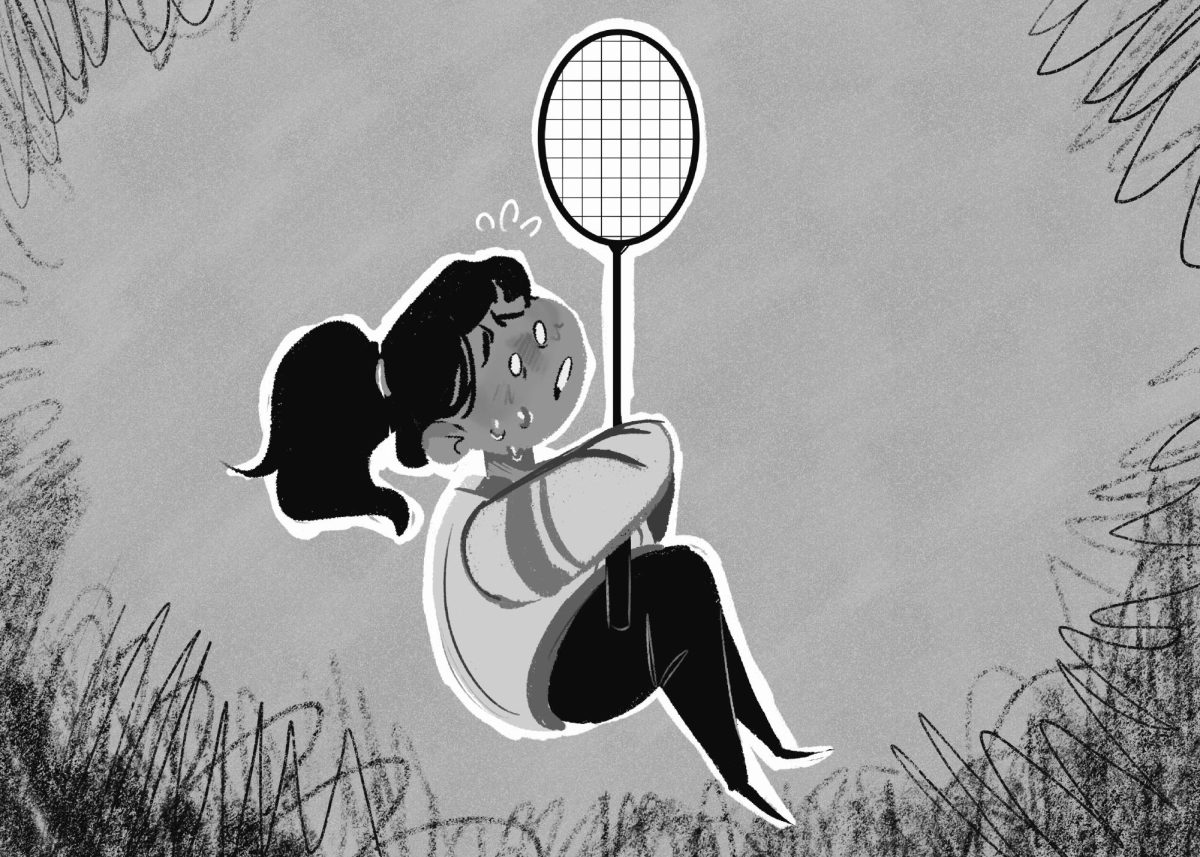In the seventh week of the strike, the student body is exhausted and drained from the chaos of the longest adjunct strike in higher education.
The administration replaced striking instructors after Thanksgiving Break to save the fall semester. But this was a temporary solution. Students are worried about the spring semester and what impact the strike may continue to have next year.
If a solution isn’t found, students will feel the brunt of it.
It’s unfair that students have had to experience this sense of uncertainty, made worse by misinformation from the union and lack of transparency from the college.
The school is struggling like many other colleges in the country. We are not special in this way. Declining enrollment and loss revenue is a national issue.
Since 2010, colleges in the country have been losing students across the board. This is due in part to the falling birth rates, rising college tuition and the economic issues after COVID-19.
The college landscape is unstable, and we are seeing this effect directly in our community. But the administration made critical mistakes in failing to address this through communication before the fall semester. As we’ve said before, even if they didn’t have to inform the union of the pending changes, they should have. They also should have talked to students about exactly what the impacts would be for them, including cutting sections, increasing some class sizes and reducing facility hours.
The Chronicle has worked hard to find the truth through independent research and reporting.
The administration and union must now negotiate a quick resolution.
Students have already lost their fall semester, a loss that will no doubt negatively affect retention and enrollment for the following semester and perhaps beyond. If both parties really want what’s best for the college community, the strike needs to end now.


